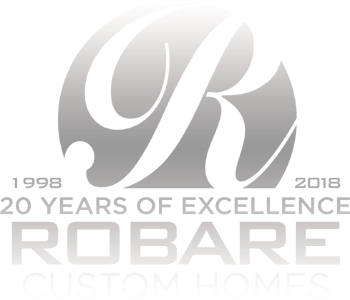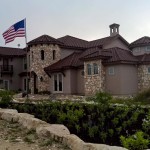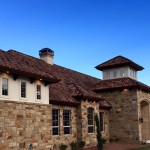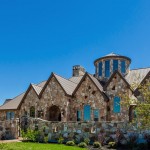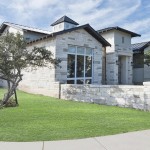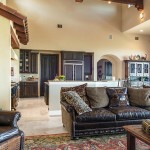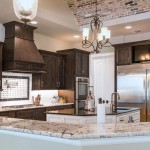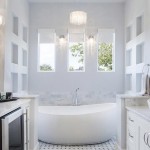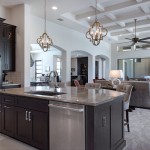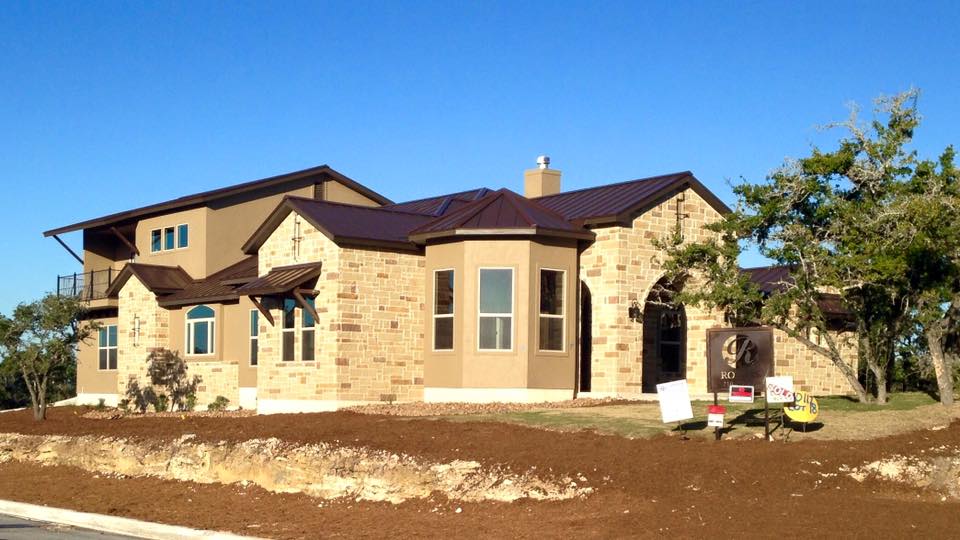
29 Jan No Regrets: Building Your Home Right
Building your new custom home can be an exciting time and will bring you and your family years of happiness if done right, but regrets can surface once the home is completed if proper planning isn’t taken in the design and throughout the build process. Take time to consider your own must-haves, like storage space or a laundry room convenient to your bedrooms. By taking to properly plan and consider your own lifestyle when designing your new home, you will save yourself from that feeling of regret and your bank account from needing to retro-fit or remodel to accommodate what should have been done in the first place.
These are just a few things homeowners find themselves saying “I should have…”
INSULATION
Do you usually feel too hot or too cold? Be certain your walls are well insulated. Make sure you do complete a thorough inspection of your insulation before the walls cover up everything. Then you will be able to find and repair mistakes of missing insulation really easily. Proper insulation installation is expected from the insulation contractor’s bid. But some spots, such as rim joists between the first and second floor, are easily missed.
If you don’t take the time to make sure your insulation is properly installed the cost to go back and redo will be thousands of dollars to rip apart walls and add insulation.
OUTLETS AND CONDUITS
As flat-screen televisions become universal, new homes are changing to accommodate sleek, high-tech models. Often, that means hanging TVs on the wall. But who wants to see electrical and cable cords running down the wall to the entertainment system? If you want to avoid another costly wall project, plan for where cords and outlets will sit. A conduit is a pipe in the wall that lets homeowners keep cords out of sight. If you want to add solar panels down the road, similar cable conduits running up the roof are also wise investment.
The cost is a few hundred dollars during construction when you have the walls open versus thousands of dollars after the fact.
CONVENIENT WASHER AND DRYER
Laundry is a chore and people are opening up to ways to make the chore less cumbersome. One solution is placing the laundry room near bedrooms, where most laundry piles up. Laundry rooms are often located near water pipes and ducts, which is why so many of them are in basements or garages. Locating one near a second-floor bedroom requires access to that plumbing infrastructure. If you don’t build that in the first time, you may be in for a large project.
While the walls are open, a few hundred dollars can take care of plumbing access, but later on if it requires tearing up the floor; it can run into the thousands.
DOORS OPENING THE RIGHT WAY
Which way is a door supposed to swing? If it’s opening the wrong way, it may mean more than a headache to the homeowners. Incorrectly hung doors can block essential components such as other doors, cabinets or refrigerators. Badly installed doors can also hit your pocketbook – they may leak air or water and increase your energy bills.
Cost of a fix can mean more than simply reversing the hinges and changing the latch location. A standard exterior door can be difficult and costly. It can mean up to $1,100 simply for labor and if you have to pull out the trim, casing (and) shingles or repaint, installation is dramatically more expensive.
HEATING AND COOLING
Heating, ventilation and air conditioning are essential to comfort in your home. If built right the first time, with an eye toward energy-efficiency, it can be a great money saver, as well.
Badly or incorrectly installed HVAC may mean, at least, a chilly house in the winter and an inconsistently cooled house in the summer. At worst, it may mean high energy bills, carbon dioxide being pulled into your home or worse.
Depending on how your house was built, retrofitting a central heating system could become cost-prohibitive very quickly. Aesthetic compromises also almost always have to be made in the form of dropped-down chases and lowered hall ceilings.
If not done right from the start, the cost of a retrofit could exceed $20,000 if your house doesn’t have a gas meter that is large-enough, the correct electrical panel or an easy way to route utilities and ducts.
DRAINS THAT DRAIN
Drains that don’t work can make a wreck of a house. From slow-draining tubs and showers to stopped-up sinks, incorrect drainage can hit the owner in the wallet. It’s important to make sure plumbers are licensed and insured when they put in their work. Homeowners can spot problems by themselves, by making sure the drain lines flow with gravity and that outdoor drains are more than shallow holes with drain covers on them.
If you don’t make sure the plumbing is right and there is an issue in the foundation or floors, it could be very costly, as in many thousands of dollars.
AMPLE STORAGE
Stuff: We all have it and some people lack space in which to put it all. When planning your home, look for framing pockets that are wasted space and put in a door to create a storage nook or utility closet. These spaces can be under stairways, between bedrooms and in closets with vaulted ceilings. In the kitchen, it’s important to have space for large kitchen appliances such as food processors, stand mixers and bread machines, so they don’t have to live on the counter.
It can cost a few hundred dollars to relocate the systems and reroute plumbing and ducts to open more space, but moving a duct can restrict air flow in the house. In this case the expense isn’t necessarily the money lost, but the performance of your (HVAC) system.
OUTSIDE OUTLETS AND FAUCETS
Electricity can be important for a backyard, for entertaining in the summer and for holiday lights in the winter. Exterior outlets also come in handy for corded tools to keep your backyard looking great. Access to water is essential, as well. You must place hose spigots away from the main walking path, so no one trips over loose hoses. One option is a water hydrant that sits flush against the wall. Once you are flush, you can stick a spigot right on your patio where you need it, making it easier to turn on the hose and sprinklers.
Cost of a retrofit: Adding outdoor outlets can cost as much as $500. Installing a wall hydrant will range from about $300 to $500, depending on the model and wall work.
BATHROOM NEAR THE DOOR
You’re outside gardening and all sweaty and dirty. Nature calls, and you need to pop in to use the restroom. How far will you have to track mud through your house? A half-bathroom near the exterior door can remedy this issue, in addition to being convenient for guests. It’s extra handy for families with kids who are always running in and out of the house. All a half-bath needs is a toilet, sink and mirror.
Adding a half-bath to a completed home project can cost $10,000 or more, especially if it requires moving plumbing or waste lines.
Robare Custom Homes takes the time to help you plan every detail of your new custom home. We strive to remember these little details when you may overlook them. Our clients’ comfort and enjoyable living is of utmost importance. Schedule a Builder Interview to discuss building your perfect custom home. 210-372-9880

